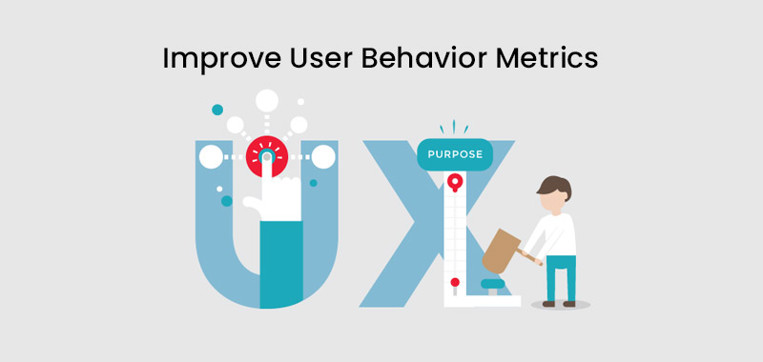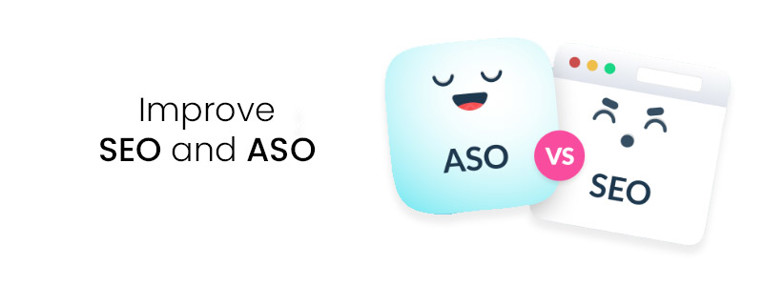
The Importance of Creating Good Digital User Experiences
In a recent study conducted by Zendesk surveying over 1,044 consumers it was found that a whopping 95% of users will share a bad experience they had with others while 84% will share a good experience they had with others. Such sentiments are consistent across all channels- word of mouth, online reviews and social media. It was further found that nearly 97% of users reported that they would favor a brand less after having a bad user experience.
These statistics paint an apt picture of how severely important it is to ensure that the entire customer experience flow that your company provides is seamless, engaging and intuitive; particularly for digital channels such as your website and mobile applications. This includes the entire cycle from online brand discovery, to surveying your brand, making a purchase and seeking customer support.
For the purpose of this article, we will stick to exploring this central premise in further detail pertaining to user interface (UI) and user experience (UX) of websites and mobile applications. Let us first clarify our fundamental understanding of both topics.
User Interface

As the name suggests, user interface (UI) refers to what the user sees when interacting with your website or mobile application. It has to do with the design elements that make up said “interface”. This includes layouts, text formats, controls, buttons, etc.
The main objective of optimizing UI is to improve the appeal, intuitiveness, and usability of the application. Selecting brand and design elements that convey the right message to users is fundamental to ensuring good UI.
UI is a means to an end. In a sense better UI among several other factors is an enabler to a better UX.
User Experience

As the name suggests, user experience (UX) refers to the experience that a user has when interacting with your website or application. UX is predicated by factors such as functionality, intuitiveness, speed and usability.
The objective of optimizing UX is to help improve the above mentioned performance metrics and therefore improve the overall customer experience.
Having cleared the basic concepts, let us delve into greater details about why UI/ UX is so critical for your website or mobile application:
The bigger picture: an intuitive customer experience

How fast can a customer access support on your website? How easily can a customer make a purchase on your mobile application? How convenient is it for users to navigate on your website to find relevant information? These are some critical questions to ask here.
Ultimately, the bigger picture is that UI/ UX plays a fundamental role in ensuring that you are providing an intuitive user experience- an experience that works the way a user expects it to. An intuitive user experience is simple, quick and gratifying to use. Think of how easy it is to use your favorite social media application- icons that explain everything, minimalist design, high functionality with a few clicks or swipes.
That is a textbook example of an intuitive experience. This is precisely the ultimate goal of all UI/ UX optimization efforts. Technology teams as well as decision makers and business leaders must embrace this fundamental idea.
Project a better brand image

Customers want to give their business to brands that value and respect them. All brands strive to achieve such a desired brand image. In the traditional business paradigm, this value and respect is often communicated via warm and personable approaches from a salesperson or customer service representative. This is now changing fast.
As the adoption of technology increases more and more automation will replace such human communications between your brand and users. Once this happens, the only medium to demonstrate your positive brand values will be via your user experience. An appealing and intuitive customer experience is nothing but your way of showing your customers that you care.
When you invest in UI/UX improvements it tends to increase your customer’s satisfaction and ease of use thus proving to them that you care. Customers will obviously prefer such brands, and therefore add to their brand value.
Improve user behavior metrics

If you struggle with high bounce rates, low engagement and low conversion rates on your website or application, a bad user experience could be a very likely cause of this.
User attention spans are shorter than ever before, and they are scurrying between more different applications than ever before. This is being driven by newer, more stimulating user experiences that have entered the market.
When a user visits your application or website, you only have a few seconds to grab their attention or lose them altogether. If your user interface and experience is not compelling enough and easy to use, you will lose them. This is one of the most common reasons behind high bounce rates.
The same stands true for engagement. If your website’s dwell time and conversion rates are very low this could also be indicative of a bad user experience. Maybe users are simply not doing much on your website because it is hard to use, or simply unengaging.
The good news is it is certainly possible to quickly amend such issues by improving your user experience. Consult an expert in this domain and perform an audit of all aspects that require improvements. Then being actioning them. The sooner the better. Good UX is the future of customer experience. Don’t lose your relevancy by not changing with times.
Save time and money, and improve ROI, in the long run

All too often I have seen small businesses and startups hurriedly roll out a haphazard website or application with too many errors, inconsistencies and just an overall bad user experience. They do this with the intention of rolling out a “lean” product or a “minimal viable product”. However, they do not understand that a poorly functioning product or service is not a finished product in the first place, and only a legitimate product’s viability can really be tested.
If you invest in a good user experience from the get-go, there is a very little chance that your customers may have difficulties with the application, and thus the application will not require a frequent update or troubleshooting. You will save development costs as well as unnecessary overheads in customer service expenses to manage complaints that could have been avoided to begin with.
Build trust in uncertain times

I’ve already addressed the importance of a good user experience for improving your brand image, earlier in this article. What I’d like to further elaborate on is the positive impact this has in building trust among users, particularly during uncertain times.
There’s good and bad in everything. With all the advantages that the internet has brought with it, one of its significant shortcomings was the increase in prominence of deception and fraud. Ransomware, phishing, identity theft, you name it- there are any number of potential dangers that the internet poses for users. Thanks to increasing awareness in recent years users have become more vigilant against such deceptions. However, this means that they are increasingly skeptical of interacting with websites and apps that may not look authentic or secure.
Good design and a smoothly functioning user experience are fundamental to demonstrating an authentic, secure and trustworthy website or application. Several consumer studies have found that poor design or glitches in the user interface are considered by most users to be red flags. Such errors are best avoided.
Furthermore, the security features and protocols of your website or application can be intuitively displayed via your user interface to drive home the point that you take users’ security very seriously. This can further help build trust among your users.
Improve SEO and ASO

Last but not least, a very crucial outcome that I want to cover in this article is the improvements in search engine optimization (SEO) and app store optimization (ASO) that optimizing UI/ UX can bring about.
Improvements in SEO: As I have addressed previously, a better user experience can help dramatically improve user behavior on your website. It almost certainly will improve retention rates, engagement rates and conversions on your website. Such improvement collectively is bound to improve your website’s organic search engine rankings.
Improvements in ASO: Very similarly, a better user experience in guaranteed to improve retention, engagements, and conversions in your app. This combined with better app store reviews and increased downloads from referrals resulting from happy users will most definitely improve your app store rankings. Such optimal performance also makes your app more likely to get featured within app stores.
In conclusion I would like to state once again that optimizing your digital user experiences can open a whole new set of possibilities for your business.
For anyone that would like to further this conversation with me personally, you may contact me via my company website.





